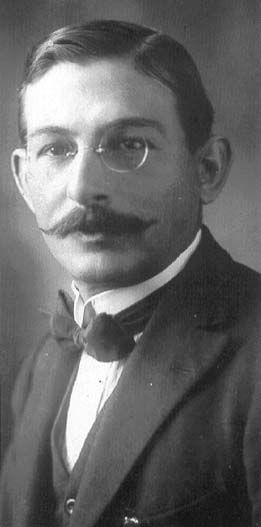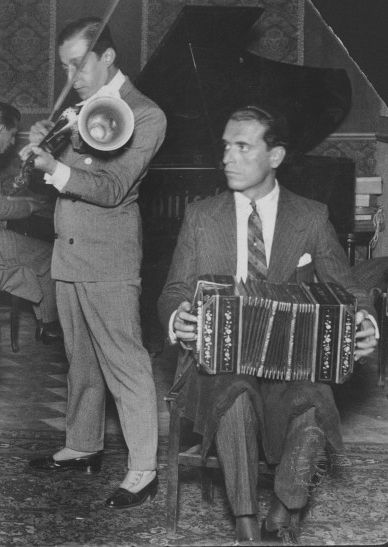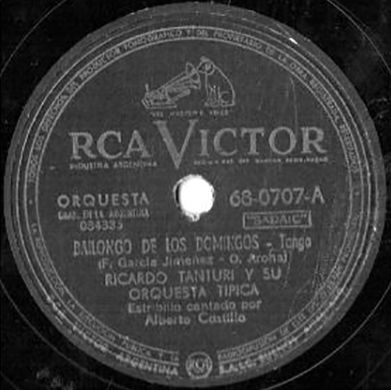“La última cita” by Ángel D’Agostino y su Orquesta Típica with Ángel Vargas in vocals, 1944.
“La última cita” by Ángel D’Agostino y su Orquesta Típica with Ángel Vargas in vocals, 1944.

Agustín Bardi
Violinist, pianist and composer (13 August 1884 – 21 April 1941)
His work at the company “La Cargadora” often forced him to move away from musical activity as a performer, which is why he never wanted to take responsibility for conducting an orchestra.
He did not like to play in the cabarets, since these performances had to be done very late at night, and he had to get up early for his daytime work. The last years of his performance as a professional pianist developed in dancing halls on Saturdays and Sundays in the halls of the Spanish and Italian collectives.
At the beginning of 1921, he toured the interior of Argentina, taking advantage of his vacation from the company, with Graciano De Leone.
It was the prelude to his definitive departure as a professional pianist.
Listen and buy:
-
Amazon music
-
iTunes music
-
Spotify
We have lots more music and history








